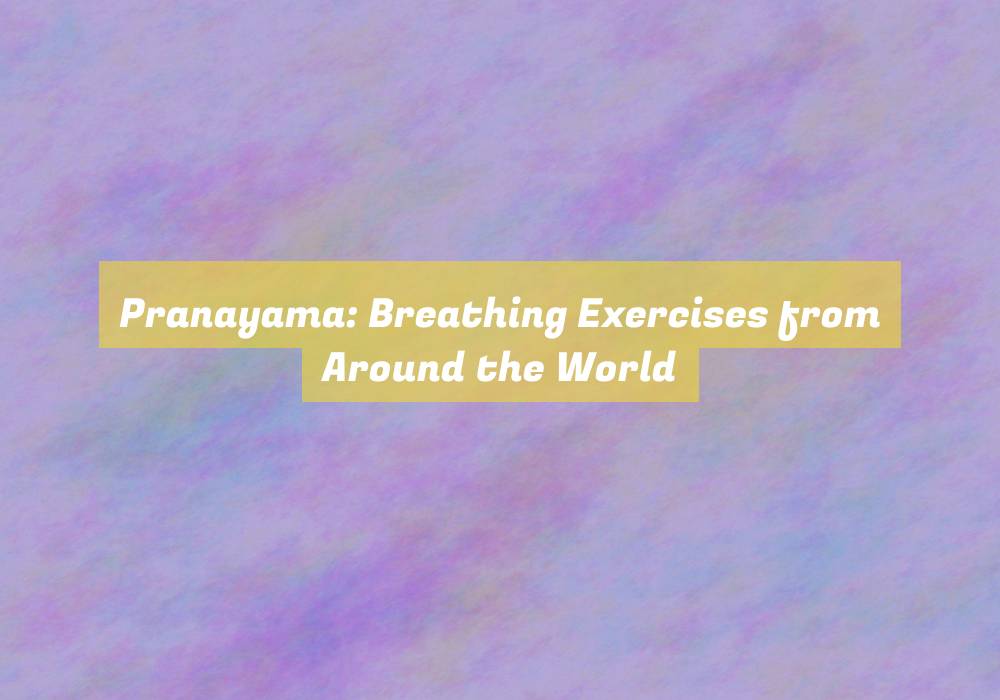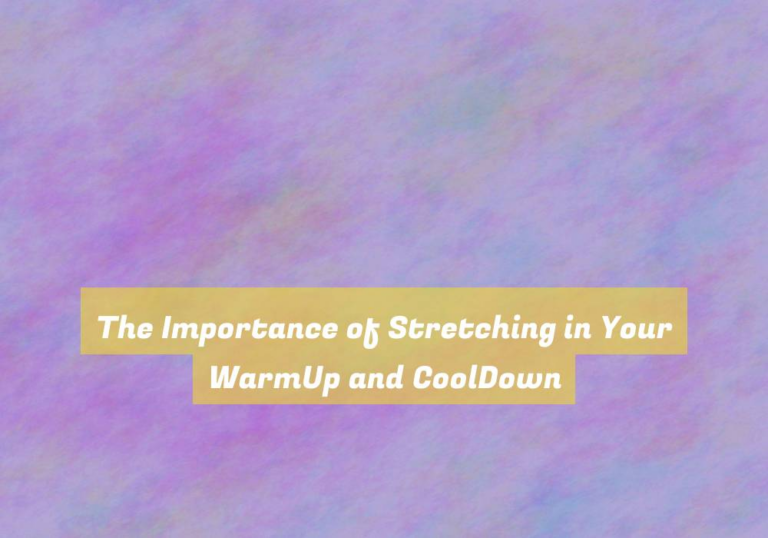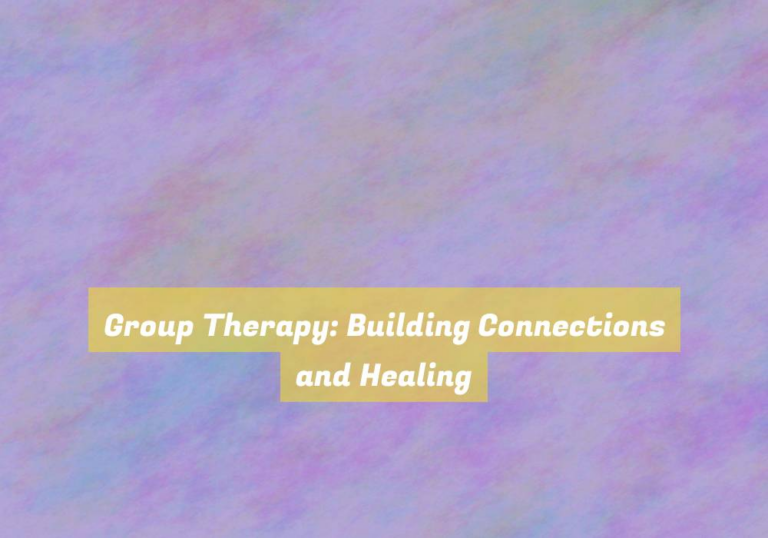Pranayama: Breathing Exercises from Around the World
As you take a deep breath, imagine the diverse tapestry of cultures and traditions that have woven together various breathing exercises from around the world.
From the ancient Indian pranayama techniques to the traditional Native American breathing practices, and the indigenous African respiratory exercises to the far-eastern breathing methods, the world is filled with a rich array of techniques aimed at harnessing the power of the breath.
Each tradition offers its unique approach to enhancing physical, mental, and spiritual well-being through the art of breathing.
But what unifying principles might underpin these techniques, and how can they benefit your daily life?
Ancient Indian Pranayama Techniques
Discover the profound art of controlling your breath with ancient Indian Pranayama techniques, as theyG??ve been passed down through generations for physical, mental, and spiritual well-being. Pranayama, a Sanskrit word meaning G??extension of the prana or breath,G?? encompasses various breathing exercises that focus on regulating and manipulating the breath to achieve holistic health benefits. These techniques are deeply rooted in ancient Indian traditions and are an integral part of yoga practices.
Pranayama techniques aim to cleanse the body and mind by bringing awareness to the breath and its connection to oneG??s physical and mental state. Through conscious breathing, individuals can influence their energy levels, calm the mind, and reduce stress. The incorporation of specific breathing patterns can also aid in improving lung function, increasing oxygen supply to the body, and enhancing overall well-being.
The practice of Pranayama isnG??t solely focused on physical health but also emphasizes the spiritual aspects of breathing. ItG??s believed to harmonize the bodyG??s energy flow, leading to a balanced and centered state of being. By incorporating these ancient Indian breathing techniques into your daily routine, you can experience a deeper connection between your breath, body, and mind, ultimately promoting a sense of inner peace and vitality.
Traditional Native American Breathing Practices
Exploring traditional Native American breathing practices offers insight into their rich cultural heritage and the profound significance of breath in their holistic approach to well-being. For many Native American tribes, breathing exercises are an integral part of spiritual ceremonies and healing rituals. One common practice involves deep, rhythmic breathing accompanied by chanting or singing, which is believed to facilitate a connection with the spirit world and promote inner harmony. The use of specific breath patterns and visualizations is also prevalent, serving as a means to cleanse the body, clear the mind, and restore balance.
Breathwork in Native American traditions is deeply rooted in the belief that the breath carries the essence of life, connecting individuals to the natural world and to their ancestors. ItG??s seen as a conduit for energy and a source of spiritual power. By embracing these traditional breathing practices, individuals can cultivate a deeper awareness of their connection to the earth and gain a renewed sense of vitality and equilibrium.
The wisdom of these ancient breathing techniques continues to offer valuable lessons in maintaining physical, emotional, and spiritual well-being.
Indigenous African Respiratory Exercises
Indigenous African cultures have a rich tradition of incorporating unique respiratory exercises into their daily lives, emphasizing the interconnectedness of breath, body, and spirit. One notable practice is the use of rhythmic breathing techniques, often accompanied by chanting or singing. These exercises are deeply rooted in the belief that breath is the essence of life and that by controlling the breath, one can achieve a harmonious balance within oneself and with the natural world.
Among the various indigenous African respiratory exercises, the San people of Southern Africa have a tradition of using deep, controlled breathing as part of their healing rituals and trance dances. This practice is believed to facilitate a connection with the spiritual realm and promote physical and emotional well-being.
In West Africa, certain cultures practice breathing exercises as a form of meditation and spiritual communion. These exercises often involve deep, intentional breathing patterns that are synchronized with movement or dance, promoting a sense of inner peace and unity with the surrounding environment.
Far-Eastern Breathing Methods
The rich tradition of incorporating unique respiratory exercises in indigenous African cultures highlights the interconnectedness of breath, body, and spirit. This theme is also evident in the Far-Eastern Breathing Methods.
Far-Eastern Breathing Methods, such as those found in traditional Chinese medicine and yoga, emphasize the importance of breath control in promoting physical and mental well-being. One example is the practice of G??qigongG?? in China, which combines breath regulation, movement, and meditation to cultivate vital energy or G??qiG?? within the body. Similarly, in yoga, G??pranayamaG?? techniques focus on breath awareness and control to enhance the flow of life force or G??pranaG?? through the body.
In Far-Eastern cultures, breathing methods are deeply intertwined with spiritual practices and holistic health. The concept of breath as a bridge between the physical and spiritual realms is central to these traditions. By consciously regulating the breath, individuals aim to harmonize the body, mind, and spirit, ultimately fostering a sense of balance and well-being.
These ancient Far-Eastern breathing methods continue to be valued for their ability to promote relaxation, enhance vitality, and support overall health and wellness.
Conclusion
So, whether youG??re looking to calm your mind, improve your lung capacity, or connect with your body, there are a variety of breathing exercises from around the world that can help.
From ancient Indian pranayama techniques to traditional Native American practices, indigenous African respiratory exercises, and Far-Eastern methods, incorporating these diverse breathing techniques into your daily routine can have a profound impact on your overall well-being.
Give them a try and see the difference for yourself.






Your post beautifully highlights the intersection of culture and well-being through the lens of breathing practices. I’ve often found that breathing techniques serve as a bridge between mind and body, allowing us to transcend cultural boundaries and access universal health benefits.
I love your point about breathing practices being a bridge between mind and body. It’s fascinating how these techniques can be so adaptable yet universal. When we step outside cultural norms and simply focus on our breath, it becomes this shared experience, almost like a common language we all can understand.
You’ve really tapped into something profound with your observation about breathing practices bridging the mind and body. It’s intriguing how so many cultures, despite their vast differences, recognize the importance of breath. Whether it’s through yoga, meditation, or even martial arts, the breath often serves as a starting point for deeper self-awareness and connection.
It’s fascinating how breathing techniques can bring us together, regardless of our different backgrounds. What strikes me is the simplicity of the act of breathing itself; it’s something we all do, yet it holds the potential to connect us to deeper aspects of our well-being.
It’s interesting to hear your thoughts on how breathing practices create a bridge between the mind and body. You’re touching on something profound here—breathing isn’t just a physiological process but a deeply cultural practice that resonates across various societies.